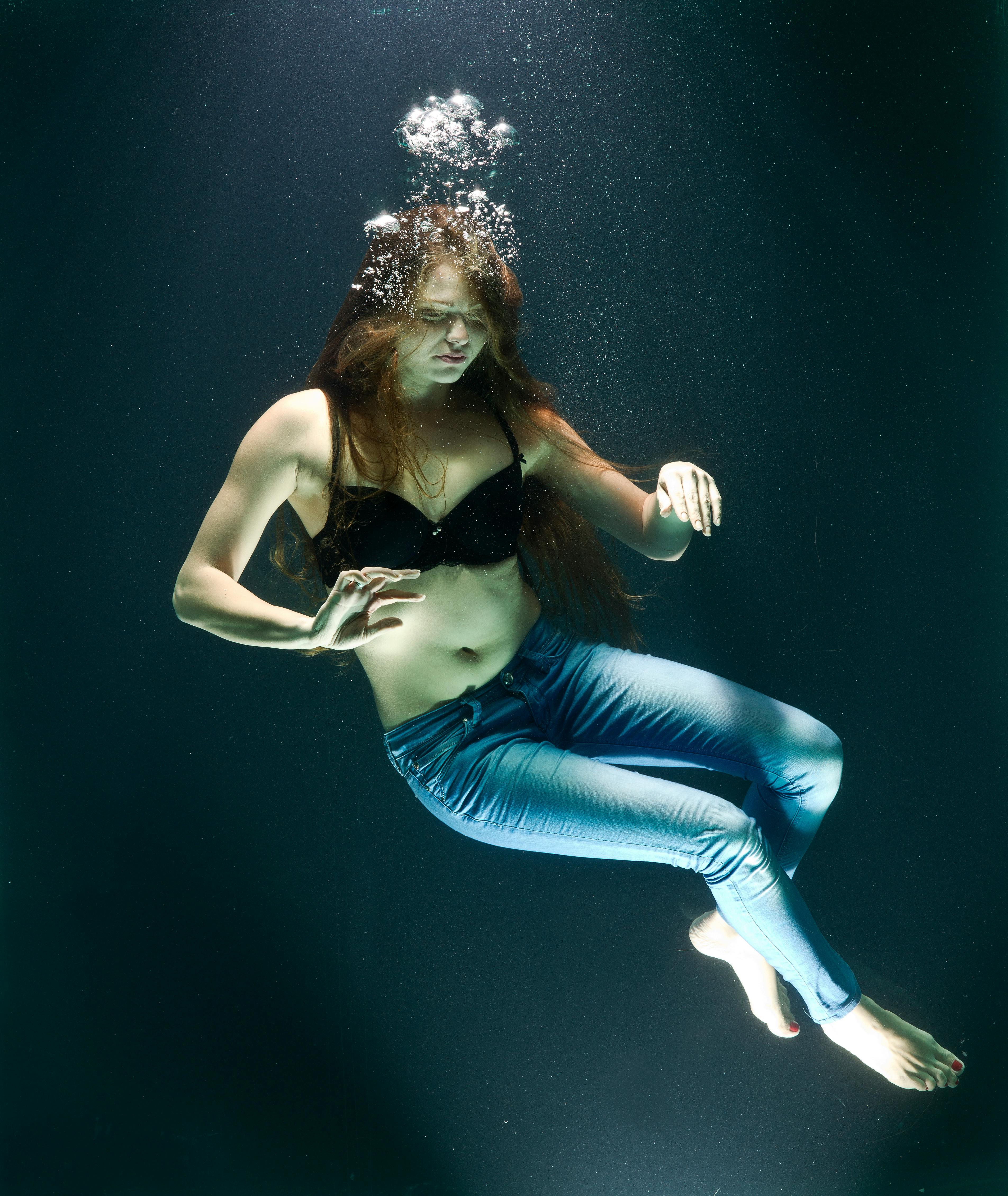Best 3 Tank Cleaner Fish to Consider in 2025
Maintaining a sparkling aquarium goes beyond just aesthetic appeal; it's essential for the health of your fish and the overall aquatic environment. One of the most effective ways to achieve a clean tank is by introducing tank cleaner fish into your ecosystem. These specialized fish can help control algae growth, reduce cleaning efforts, and contribute positively to your aquarium's biodiversity. In this article, we will discuss the best tank cleaner fish options that are not only effective but also ideal for beginners and pros alike.
First, let’s explore the benefits of having cleaner fish in your aquarium. They provide natural solutions to algae problems, promote healthier water quality, and can be a vibrant addition to your aquatic community. The three featured species in this article are known for their durability, algae-eating capabilities, and compatibility with various fish species.
Whether you're looking for fish for algae control or simply want to enhance your aquarium's aesthetic, these cleaner fish are certainly worth considering for 2025. Here’s a closer look at our top selections for tank cleaner fish.
1. Plecostomus: The Ultimate Algae-Eating Machine
Plecostomus, commonly known as 'plecos', stands out as one of the most well-known freshwater cleaner fish among aquarists. This hardy species not only provides an effective means of algae removal but also adds a unique appearance to your tank.
Physical Characteristics
Plecostomus species can grow quite large, often reaching lengths of up to 24 inches, depending on the variety you choose. They are characterized by their flattened bodies and a sucker-shaped mouth adapted for grazing on algae. Their fascinating patterns and colors can brighten up any aquarium.
Ideal Tank Conditions
For optimal health, plecos thrive in larger aquariums due to their size and territorial nature. A well-planted tank with plenty of hiding spots is ideal, as it mimics their natural habitat. Maintain a stable water temperature between 75 to 82 degrees Fahrenheit and keep the pH levels between 6.5 and 7.5 for the best results.
Feeding Habits
While plecos are excellent at cleaning algae, they are not strictly herbivores. To ensure their health, supplement their diet with spirulina flakes, wafers, and vegetables like zucchini or cucumbers. Overfeeding can lead to obesity and water quality issues, so balance is essential.
Compatibility and Social Behavior
Plecostomus are generally peaceful but can exhibit territorial behavior—especially males of the same species. They do well in community tanks when kept with non-aggressive fish. Ensure compatibility by avoiding overly aggressive tank mates to maintain a healthy environment.
Common Mistakes to Avoid
One common mistake is placing plecos in tanks that are too small or under-maintained. Regular water changes and tank cleaning are essential to provide a suitable environment. Additionally, neglecting their dietary needs can lead to health problems over time.
2. Siamese Algae Eater: A Small but Effective Solution
The Siamese algae eater is a fantastic option for those looking for small tank cleaner fish. This species is recognized for its efficient algae consumption, making it a favorite among aquarists aiming for effective tank cleaning fish.
Behavioral Traits
These fish are known for their energetic behavior and are highly social, making them great additions to community tanks. They actively graze on algae throughout the day, contributing significantly to tank cleanliness.
Tank Requirements
To thrive, Siamese algae eaters need at least a 20-gallon tank with plenty of swimming space. The water temperature should range between 75 to 80 degrees Fahrenheit, and a pH level between 6.5 and 7.5 is ideal. A well-filtered tank with moderate water flow can promote their activity level and general well-being.
Feeding and Care
While they are great algae eaters, Siamese algae eaters also benefit from a varied diet. Offer flakes, pellets, and occasional vegetable matter for balanced nutrition. Monitor their growth and adjust feeding accordingly to ensure they don’t outgrow tank space.
Mixing with Other Species
Compatible with various peaceful species, Siamese algae eaters can thrive alongside tetras, barbs, and many other bonsai fish. However, be cautious with overly aggressive fish that might stress them.
Potential Issues
A possible downside is their tendency to become less effective in algae removal as they age. Constantly monitor tank cleanliness and be prepared to introduce new algae-eating species if necessary.
3. Otocinclus: The Dwarf Algae Eater
Otocinclus, often referred to as "otos," are popular cleaner fish for freshwater tanks. These diminutive fish pack a punch when it comes to algae removal while remaining friendly and non-intrusive in community settings.
Characteristics and Size
Otos usually reach about 1 to 2 inches in length, making them perfect for smaller tanks. Their peaceful nature and small size mean they can fit in well with various tank setups without causing disturbances.
Optimal Living Conditions
These fish enjoy a well-planted aquarium with good water flow and stable conditions. Keep their tank temperature at 74 to 80 degrees Fahrenheit and maintain a slightly acidic to neutral pH between 6.0 to 7.6.
Feeding and Maintenance
While Otocinclus are proficient algae eaters, always supplement their diet with high-quality algae tablets or wafers to ensure their continued health, especially in new tanks with low algae growth. Regular monitoring will help maintain optimal water conditions for them.
Social Dynamics
Otos are schooling fish and should preferably be kept in groups to feel secure and exhibit natural behaviors. They coexist well with many community fish and are excellent companions in a diverse tank environment.
Challenges to Consider
Be wary of water quality, as otos are sensitive to poor conditions. Regular water changes and cleaning schedules will help maintain their environment. It's essential to ensure compatibility with other fish in your tank to prevent stress and health issues.
Q&A: Common Queries about Tank Cleaner Fish
What is the best tank cleaner fish for maintaining a clean aquarium?
The best tank cleaner fish typically include Plecostomus, Siamese algae eaters, and Otocinclus. These species are effective at controlling algae growth and contribute positively to the aquarium's ecosystem.
How can I ensure the health of my cleaner fish?
Maintaining a clean tank and providing a balanced diet are key. Regular water changes, optimal water parameters, and appropriate tank mates can enhance their wellbeing.
Can I keep multiple types of cleaner fish in the same tank?
Yes, many cleaner fish can coexist peacefully, such as Otocinclus and Siamese algae eaters. Always monitor their behavior to prevent aggression.
How often should I feed my tank cleaner fish?
Feeding schedule varies by species, but generally, feeding 1-2 times a day is advised, making sure to provide a balanced diet that includes algae-based foods.
Are there any dangers to keeping cleaner fish?
While cleaner fish provide benefits, they can also suffer from poor water quality or aggressive tank mates. Regular monitoring of tank health and dynamics is essential.
 example.com/image2.png
example.com/image2.png
 example.com/image3.png
example.com/image3.png 